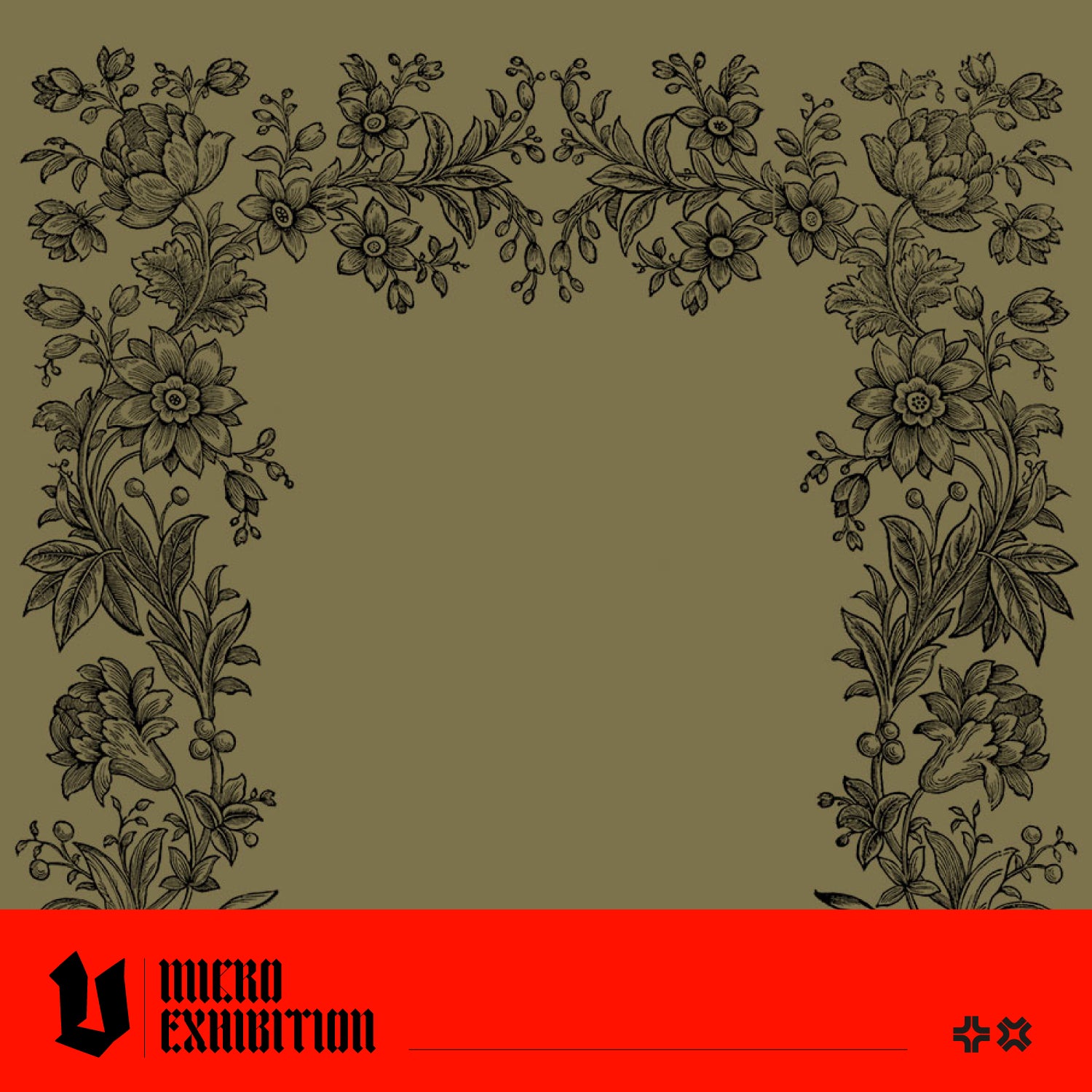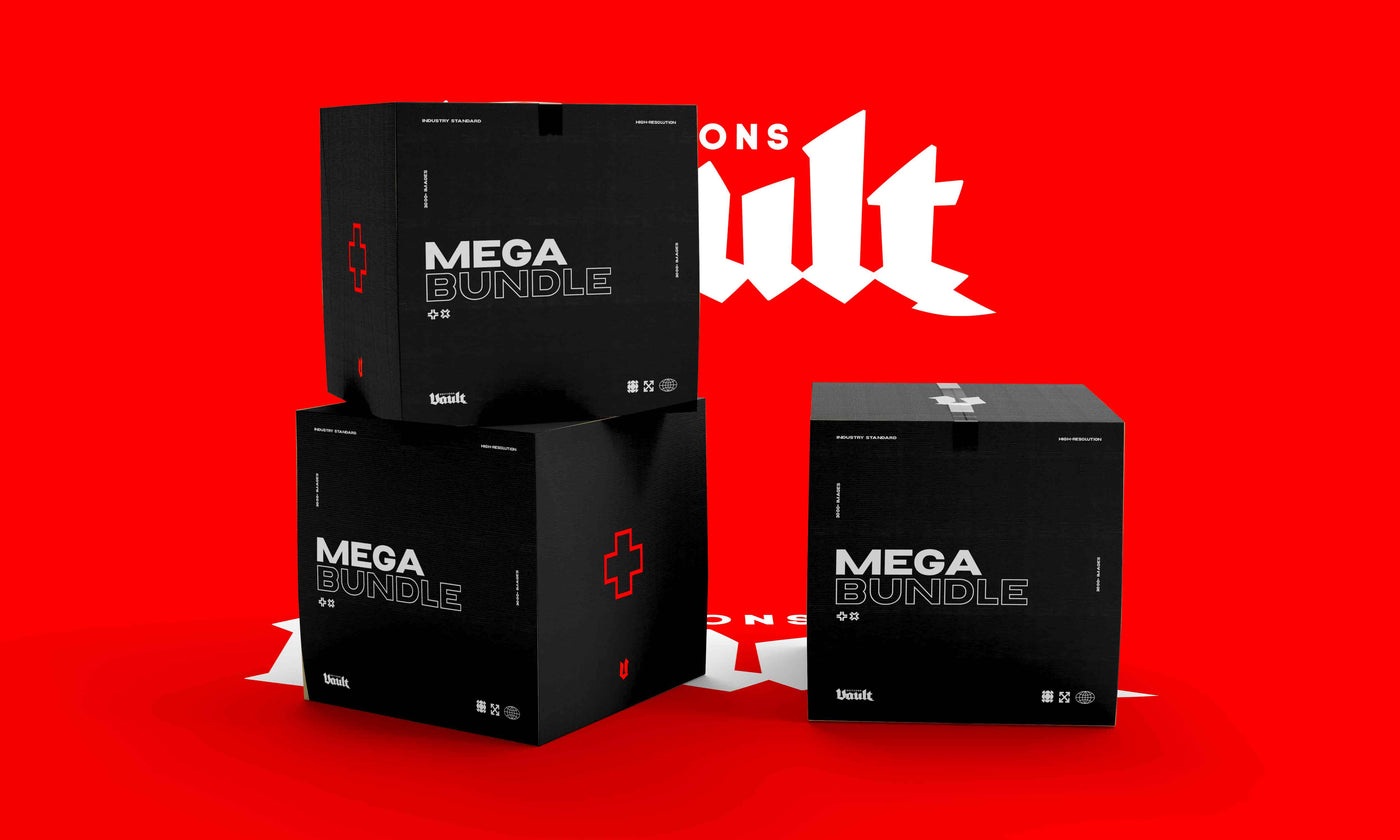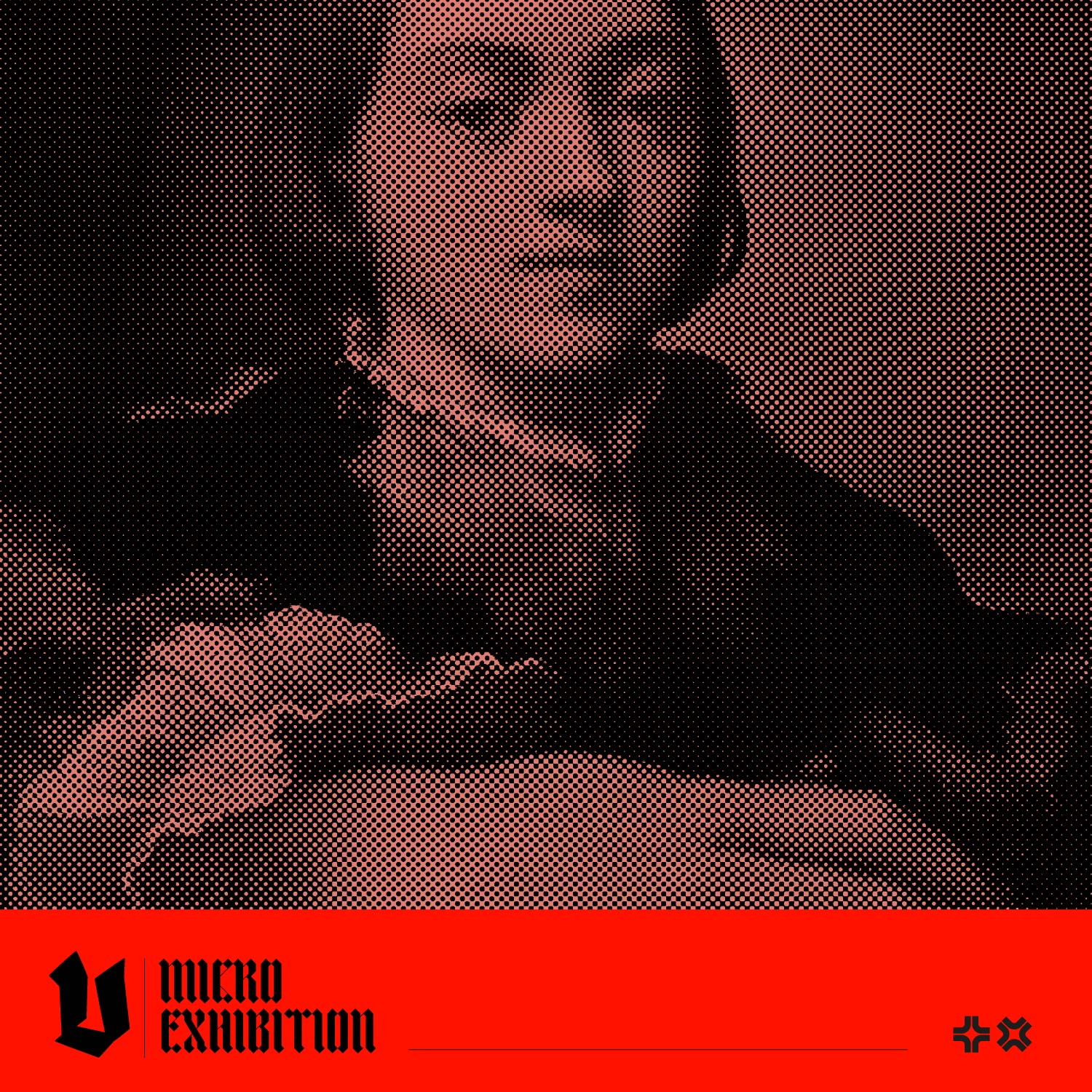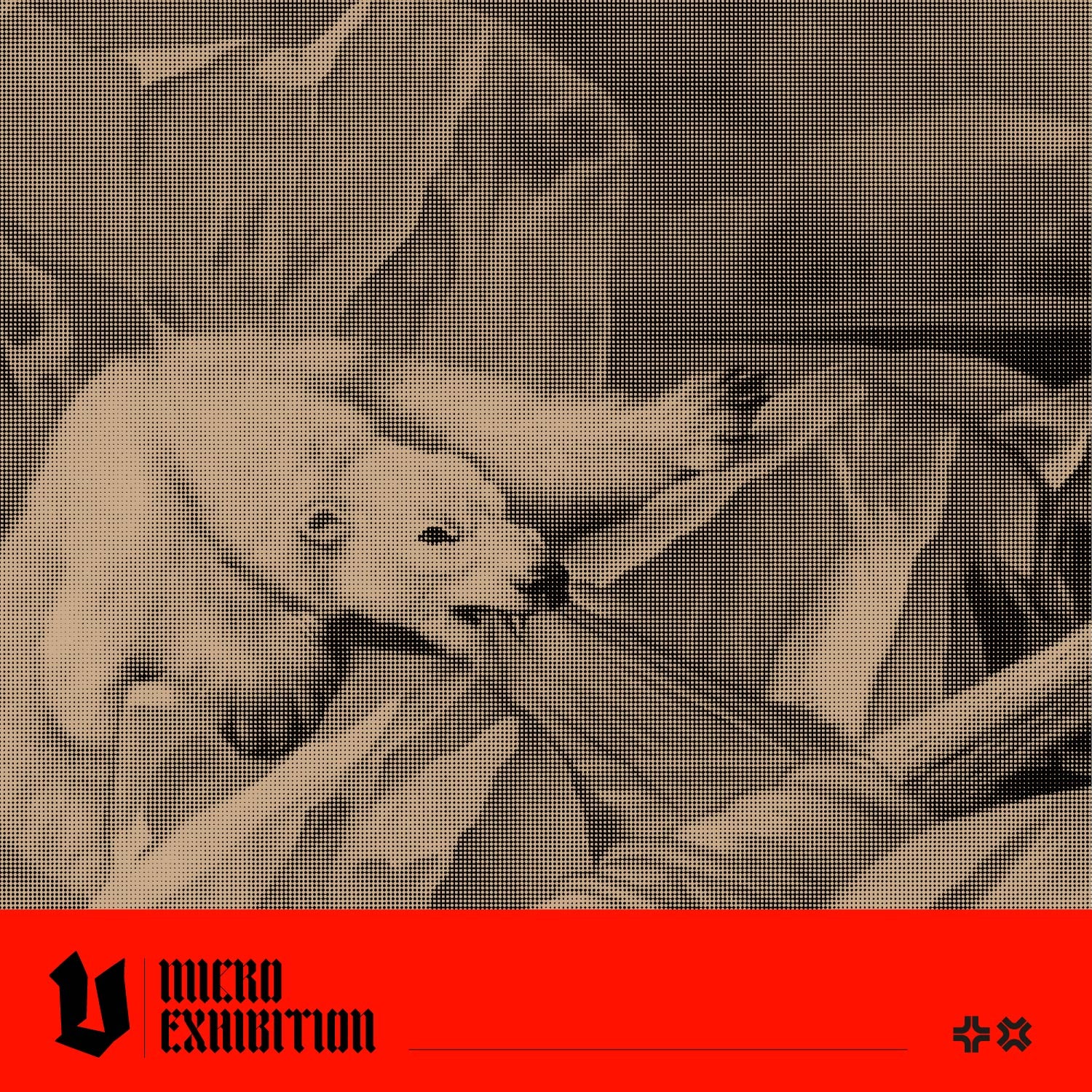
|
Image from Frames, Borders & Cartouches:
An Image Archive for Artists and Designers
Why Are Borders Important in Design?
Visual structure: Borders help organise elements within a composition by creating a framework that separates different sections, giving a clear sense of order and balance. They allow artists and designers to control how information and elements are presented, resulting in a coherent layout which enables viewers to understand the organisation and hierarchy of the content quickly.
Aesthetic enhancement: Well-designed borders can elevate artwork by providing an extra layer of visual appeal. Borders contribute to a piece's overall style and aesthetics and can positively impact the viewer's perception of the artwork.
Establishing meaning and communication: Borders contribute to the overarching narrative of an artwork or design by reinforcing specific themes and ideas. For example, an illustrator may use a border filled with floral motifs to frame a piece inspired by nature. Borders are visual cues that help the viewer interpret the piece's underlying message.
 |
An Image Archive for Artists and Designers
Illuminated Manuscript: Borders, Flourishes and Decorations in Use
 |

|
 |
Creating illuminated manuscripts was an immensely laborious and time-consuming process involving a team of skilled artisans who specialised in various aspects of the production, such as calligraphy, illustration, and colour application. As the invention of the printing press revolutionised the book production process, the art of illuminated manuscripts witnessed a decline in popularity. Nonetheless, these lavish artworks continue to be admired worldwide for their unparalleled beauty, intricate detailing, and exceptional craftsmanship. They remain significant cultural artefacts that provide a fascinating glimpse into historical and artistic practices, religious beliefs, and societal values.
 |
Interested in Learning More?
 |
An Image Archive for Artists and Designers
Illustrated borders and frames have inspired artists and designers for centuries, from Medieval manuscripts through the Renaissance and Baroque periods and beyond. This release from Vault Editions, brings these timeless designs into the hands of the contemporary creative. Use these incredible borders and frames to create elegant wedding stationery or unique greeting and business cards. Add a frame to your existing artwork for added depth and visual interest, or incorporate these beautiful motifs into a tattoo design for extra impact.
 |




